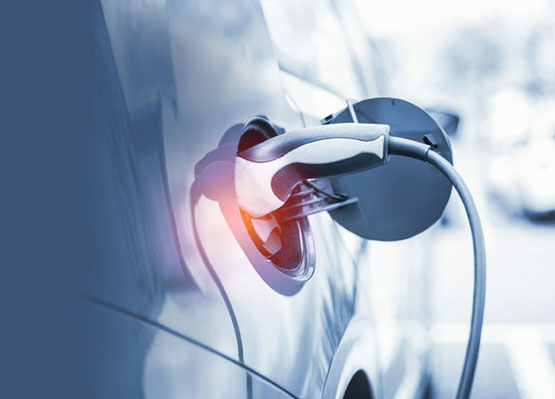Secure, Connected Cars, Buses and Electric Vehicles (EV) and V2X Components using Embedded Linux
Modern cars contain up to 150 ECUs and about 100 million lines of software code* — four times more than a fighter jet.
As of January 2021, UN Regulations (WP.29) on Cybersecurity and Software Updates have become a requirement. And the National Highway Traffic Safety Administration (NHTSA) has released an update to their Cybersecurity Best Practices for the Safety of Modern Vehicles.
- Designing vehicle security and keeping it secure enhances brand reputation.
- Lack of awareness of vulnerabilities does not mean that vulnerabilities do not exist.
- Keep the software supply chain secure.
*McKinsey & Company, “Cybersecurity in automotive. Mastering the challenge.” March 2020.
Secure, Connected Cars, Buses and Electric Vehicles (EV) and V2X Components using Embedded Linux
Modern cars contain up to 150 ECUs and about 100 million lines of software code* — four times more than a fighter jet.
As of January 2021, UN Regulations (WP.29) on Cybersecurity and Software Updates have become a requirement. And the National Highway Traffic Safety Administration (NHTSA) has released an update to their Cybersecurity Best Practices for the Safety of Modern Vehicles.
- Designing vehicle security and keeping it secure enhances brand reputation.
- Lack of awareness of vulnerabilities does not mean that vulnerabilities do not exist.
- Keep the software supply chain secure.
*McKinsey & Company, “Cybersecurity in automotive. Mastering the challenge.” March 2020.
Timesys’ Security Solutions can shorten the development time of Connected Car and V2X Components using embedded Linux and RTOS that meet and exceed the cybersecurity standards and maintain strong product security throughout the production lifecycle.

Simplify meeting standards ISO/SAE 21434 and European WP.29 Compliance, and NHTSA Draft 2020 recommendations for Software and Firmware Security

Secure Vehicle By Design solution integrating best practice security features

Unique Software Composition Analysis (SCA) features, optimized for embedded systems, providing more accurate SBOM and streamlined vulnerability (CVE) management and long term maintenance

Software Engineering Services that excel in BSP (Board Support Package), UI, interconnected and multi-IO systems implementations
Auto-ISAC Automotive Cybersecurity Best Practices
Cybersecurity experts agree that a future vehicle with zero risk is unobtainable and unrealistic.*
The Best Practices provide an approach to vehicle cybersecurity management and mitigation throughout the entire vehicle lifecycle.
*Auto-ISAC Automotive Cybersecurity Best Practices Executive Summary – July 2019
Timesys Device Security Solutions enable you to streamline and simplify compliance with cybersecurity standards, regulations and industry guidelines.
Some of the key requirements addressed are:
Timesys Device Security Solutions



